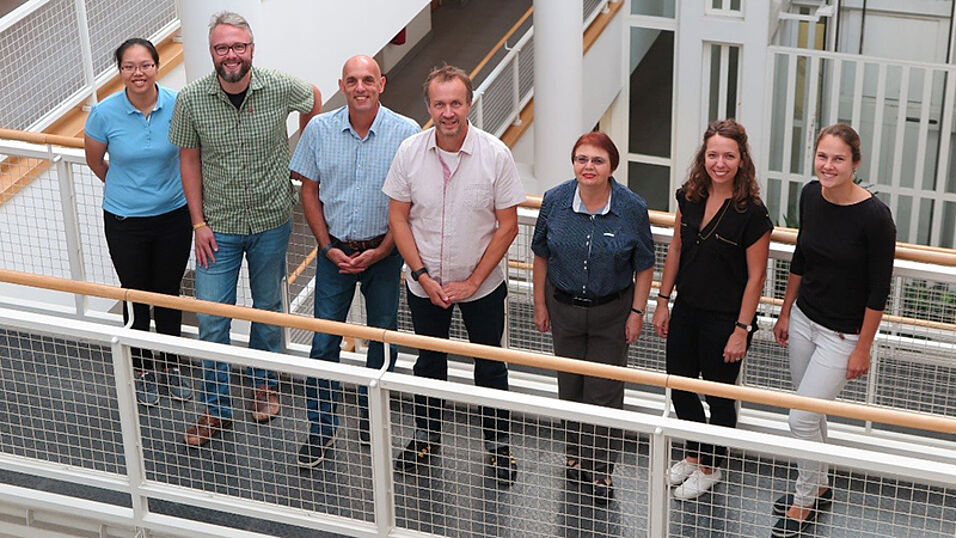We all produce wastewater, which needs to be treated. Wastewater does contain both, nutrients and contaminants. Sewage sludge is a by-product from wastewater treatment and is commonly applied to soil due to its beneficial properties as agricultural fertilizer, especially to prevent the loss of nitrogen. However, this process also introduces pollutants originating from the wastewater treatment plant to the soil.
Microplastic in sewage sludge
Microplastic, an emerging environmental pollutant, is also found in considerable quantities in the sewage sludge where it may interact with the pollutants. However, the exact mechanism of these interactions requires further research. Therefore, researchers from the Department of Soil and Water Sciences, Hebrew University of Jerusalem, visited the Department of Environmental Geosciences, University of Vienna.
The two groups under Prof. Benny Chefetz and Prof. Thilo Hofmann came together for a joint seminar under the Vienna-Jerusalem strategic partnership framework that aims at strengthening scientific cooperation with internationally renowned partner universities. After two days of intensive discussion, a proposal outline for upcoming bilateral joint projects by the Austrian Science Fund FWF in cooperation with the Israel Science Foundation ISF was developed.

